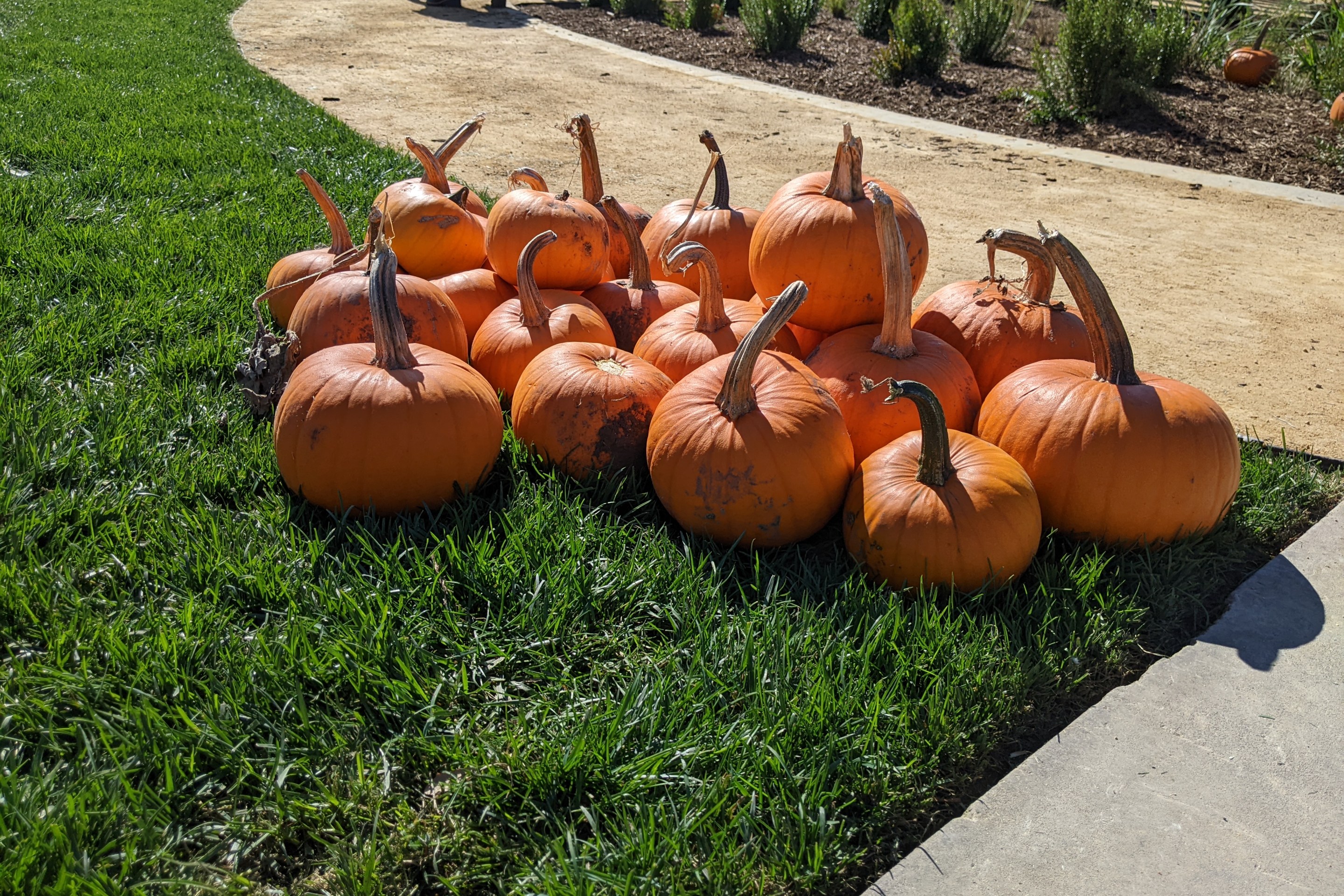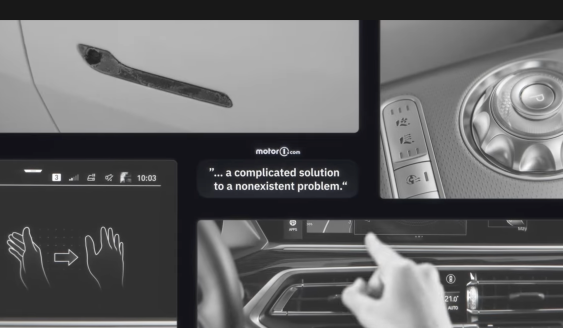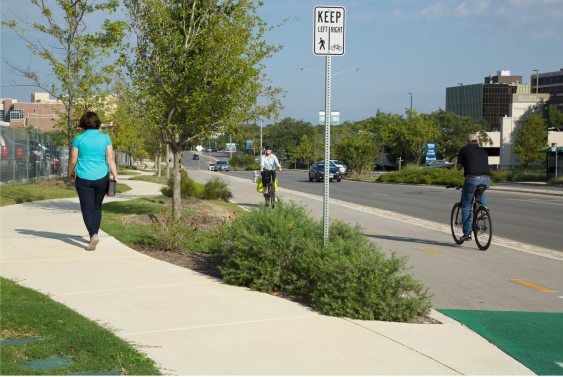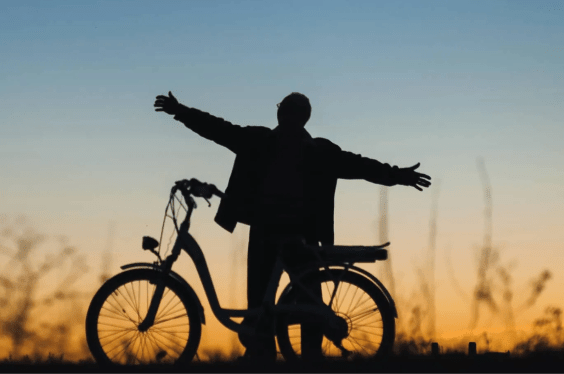
A large and divided crowd turned out last night in Marin County to help decide whether the long-neglected Alto Tunnel between Mill Valley and Corte Madera should be reopened to cyclists.
County planners stressed the workshop was intended only to gather community input on three possible routes as part of a $225,000 study that will be concluded this fall. But emotions shifted into high gear as cyclists cited reasons to restore the railroad tunnel that’s been decaying over the last four decades.
“The handwriting is on the wall. It’s only a matter of time,” said David Hoffman, planning director for the Marin County Bike Coalition. “There aren’t any issues with the tunnel that can’t be resolved.”
Like much of the existing bike network in Marin and Sonoma counties, the 16-foot-wide tunnel was built by the railroads. It opened in 1884 as redwood forests were being leveled to support urban sprawl in San Francisco. The passage was sealed in the 1970s, and portions have collapsed as its 12-by-14 redwood beams rotted in the dank, stagnant air trapped beneath the mountain. The southern end crumbled in a rainstorm 28 years ago. Several large portions have been filled. The north end is plugged with 125 feet of cement.
The old railway bed that approaches from either end has given root to lush, green foliage and stands of blossoming cherry, almond and magnolia trees, creating a natural haven for nearby residents who jealously guard the solitude and beauty. Some of them fear a wave of spandex-clad cyclists would threaten the seclusion of their sanctuary.
“There’s going to be a huge reaction from the neighborhood,” said one Scott Valley resident who declined to give her name. “It’s going to change the overall feeling of the neighborhood.”
John Palmer, secretary of the Scott Valley Homeowners Association, presented an 18-page bound report that included a number of dubious claims about cycling, such as: “Bicycles are impractical to use for anything more than light shopping, especially for families with children.”
Although only about half the crowd wore green day-glo “I Support the Tunnel” stickers, they did most of the talking as county planners took detailed notes on the pros and cons of each of the routes under study.
Cyclists complained that Horse Hill, the existing bike route along US 101, was inadequate because it’s too steep for children, too dangerous for pedestrians and so close to the freeway that oncoming cars blind cyclists at night with their headlights.
Camino Alto, the serpentine road that winds up the 450-foot hill above the tunnel, is too narrow, too crowded and suitable only for those in top shape, they said.
“Camino Alto is a death wish. It’s too hard unless you’re a super athlete,” said Jane Chesson, a Corte Madera resident who brought her five children – ages 7-17 – to the workshop. She said her family can’t cycle to the Mill Valley Recreation Center over either of the existing routes. “It’s dangerous. It’s not fun. We’re not going to do it.”
The study is part of the county’s $25 million Non-motorized Transportation Pilot Program, which is designed to encourage residents to walk or cycle instead of drive a car. In addition to determining the best route, the study will also develop an estimate of what it would cost to reopen the badly damaged tunnel. The actual funds to restore the tunnel would come later, meaning that even if the tunnel option is favored, it would be years before the first cyclist could roll through it.
In his report, Palmer wrote: “…it’s easy to imagine the cost to reconstruct the 2,172 foot-long Alto Tunnel rising to $15 million or more.” He estimated $10 million would be enough to construct 53 miles of new bicycle/pedestrian paths.
Tunnel advocates estimate the cost at anywhere from $10 million to $25 million. But they say it would be worthwhile even at the higher cost because it’s a project that would benefit generations of area residents.






